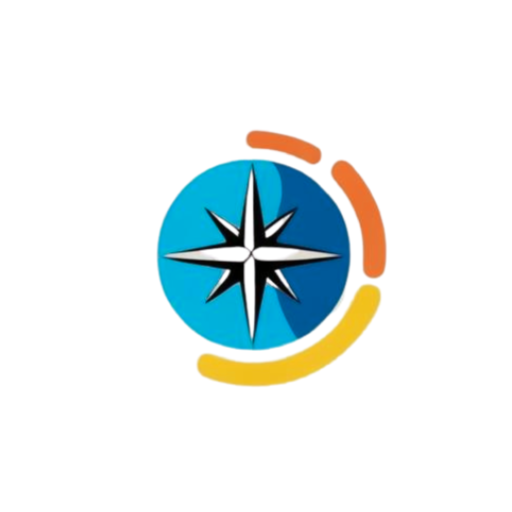Historical Timeline
1502 (March 10, Tuesday): Vasco da Gama’s expedition passes near the Seychelles islands
1609 (February 5, Tuesday): First recorded European landing on the Seychelles by the English
1756 (January 23, Friday): The French establish a colony on the islands
1814 (June 23, Thursday): Seychelles becomes a British colony under the Treaty of Paris
1976 (June 29, Tuesday): Seychelles gains independence from the United Kingdom
1993 (July 18, Sunday): The current constitution of Seychelles is enacted, establishing multi-party democracy
2004 (December 26, Sunday): The Indian Ocean tsunami causes significant damage to the coastal areas of the Seychelles, though the islands are largely spared compared to others
2008 (March 25, Tuesday): Cyclone Daryl causes minor flooding and damage in the Seychelles
2013 (January 17, Thursday): Severe flooding occurs in Victoria after heavy rains
2017 (April 19, Wednesday): Tropical Storm Enawo causes disruption and damage in coastal areas
2020 (March 5, Thursday): COVID-19 pandemic leads to a decrease in tourism and economic hardship
2021 (February 9, Tuesday): Heavy rains cause localized flooding, particularly in Mahé island
General Information
Continent: Africa
Location: Indian Ocean, off the coast of East Africa
Capital: Victoria
Language: English, French, Seychellois Creole
Currency: Seychellois rupee (SCR)
Population: ~100,000 (last updated: April 2025)
Time Zone: Seychelles Time (SCT) / UTC +4
Topography
Borders: None (island nation)
Landscape: Tropical islands, coastal plains, and granite mountain ranges
Major Rivers: None (most islands are not large enough for rivers)
Major Mountains: Morne Seychellois (highest peak)
Deserts: None
Lakes: No significant lakes
Volcanoes: None
Highest Point: Morne Seychellois (905 m / 2,969 ft)
Lowest Point: Indian Ocean (0 m / 0 ft)
Climate: Tropical climate, with warm temperatures year-round; wet season from December to March
Geological Features: Granite mountains, coral reefs, and sandy beaches
Demography
Ethnic Groups: Predominantly Creole, with small communities of Indian, Chinese, and European descent
Religion: Predominantly Roman Catholic, with smaller Protestant and Hindu communities
Urban Population: ~55% (last updated: 2023)
Aging Population: ~7% aged 65+ (last updated: 2024)
Culture
Famous For: Pristine beaches, marine biodiversity, Creole culture, and eco-tourism
Cuisine: Seafood, coconut milk, tropical fruits, and spices; dishes include curry, grilled fish, and coconut-based stews
Arts: Traditional Creole music, dance (such as moutya), and crafts
Sports: Football, sailing, and athletics
Economy
Economy Type: Mixed, primarily based on tourism and fishing
GDP: Approx. $2.2 billion USD (last updated: 2024)
Major Industries: Tourism, fisheries (tuna and other fish), agriculture (coconut, cinnamon)
Key Exports: Fish, coconuts, vanilla, cinnamon
Unemployment Rate: ~4.5% (last updated: 2024)
Economic Regions: Tourism is concentrated on the main islands (Mahé, Praslin, La Digue), with agriculture and fishing important to the economy
Government
Government Type: Presidential republic
Head of State: President Wavel Ramkalawan (as of April 2025)
Head of Government: President Wavel Ramkalawan (as of April 2025)
Legislature: Unicameral (National Assembly)
Constitution: In effect since 1993, amended in 2011
Travel Attractions
Victoria: The capital city, with markets, colonial architecture, and the Seychelles National Botanical Gardens
Morne Seychellois National Park: Lush national park with trails, tropical forests, and the highest point in the Seychelles
Anse Source d’Argent: One of the most photographed beaches in the world, located on La Digue island
Aride Island Nature Reserve: Known for its diverse birdlife and pristine ecosystems
Curieuse Island: A nature reserve home to giant tortoises, as well as mangroves and coral reefs
